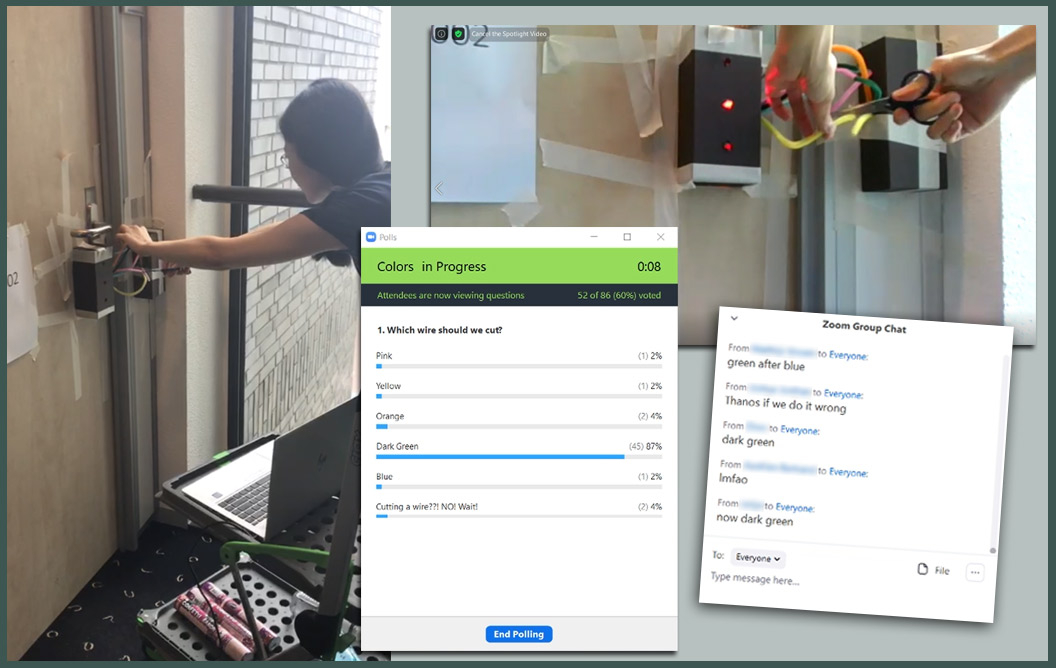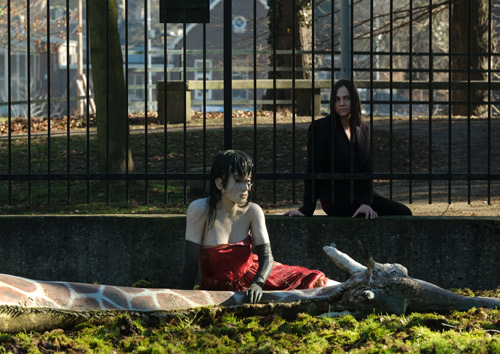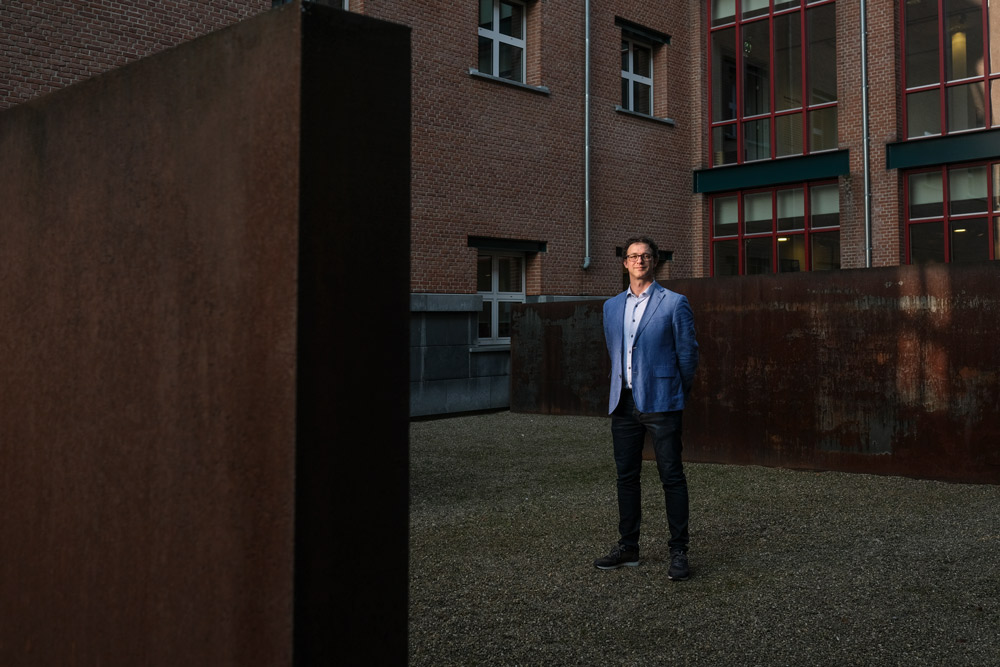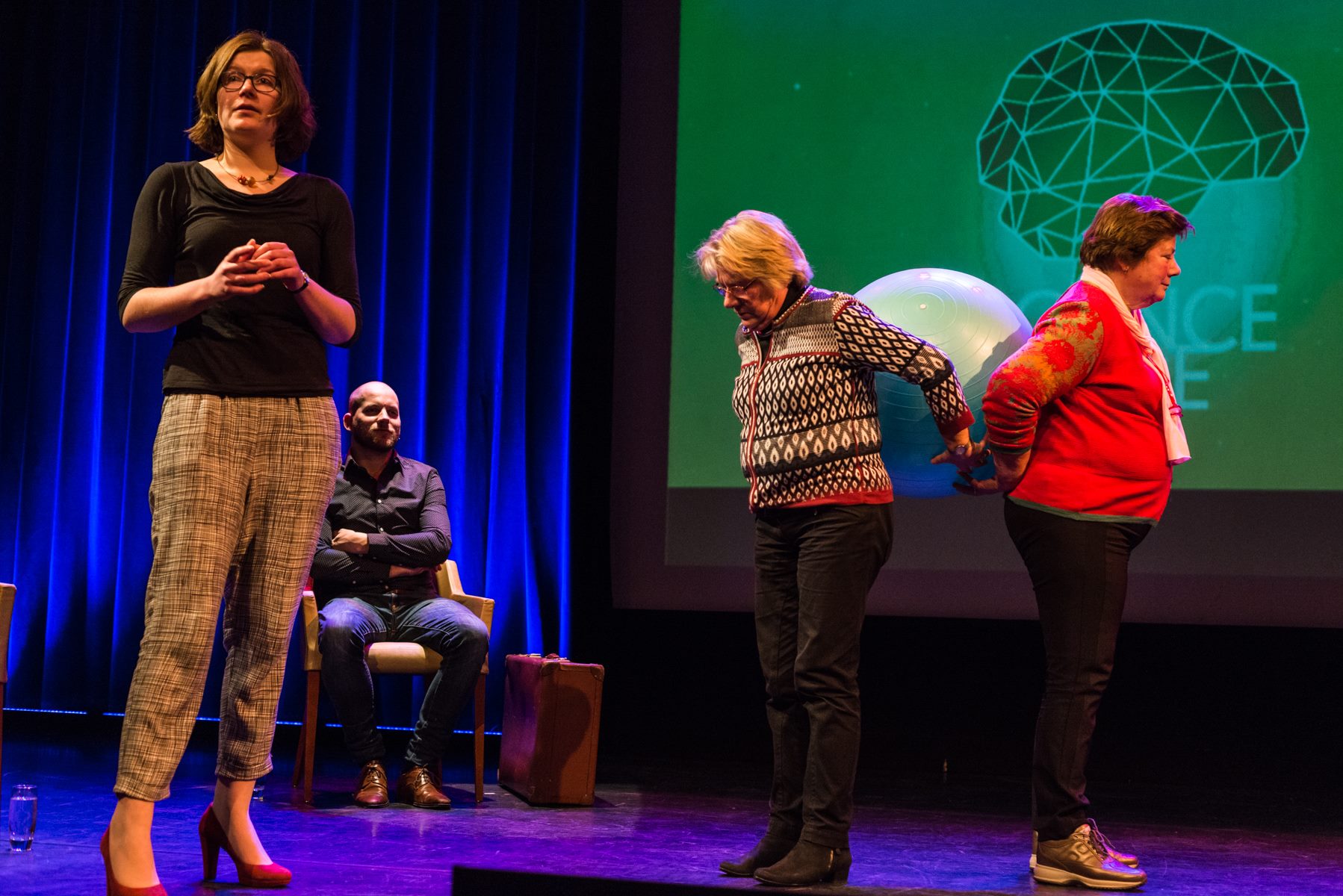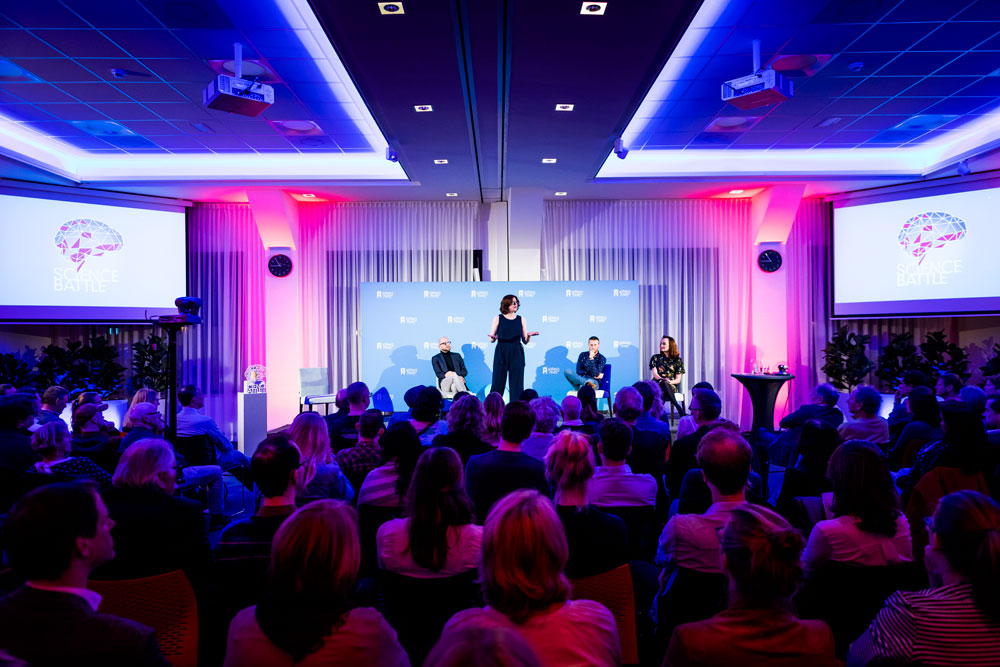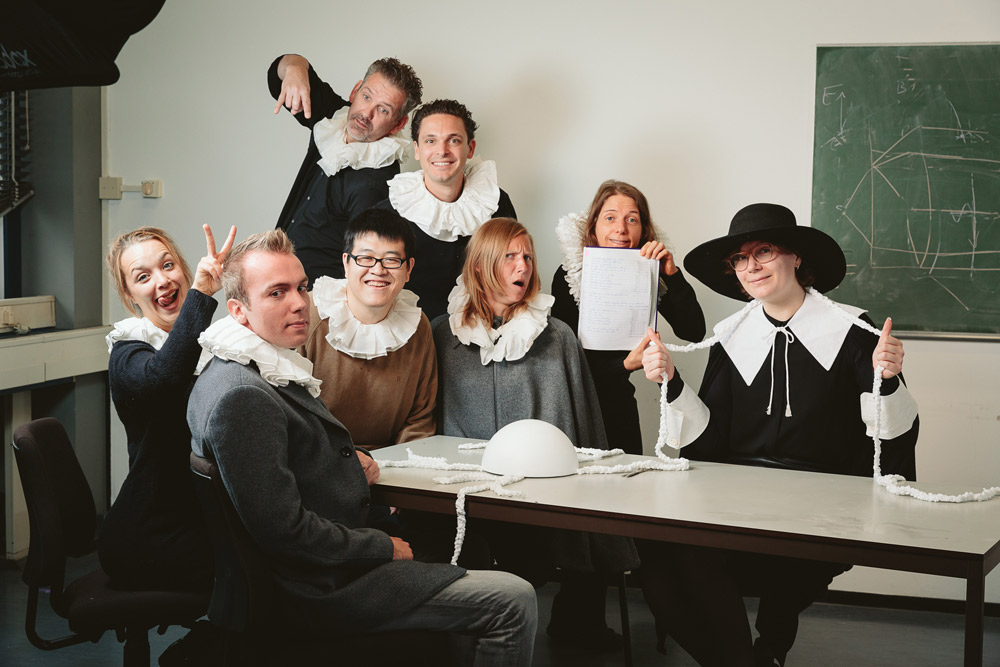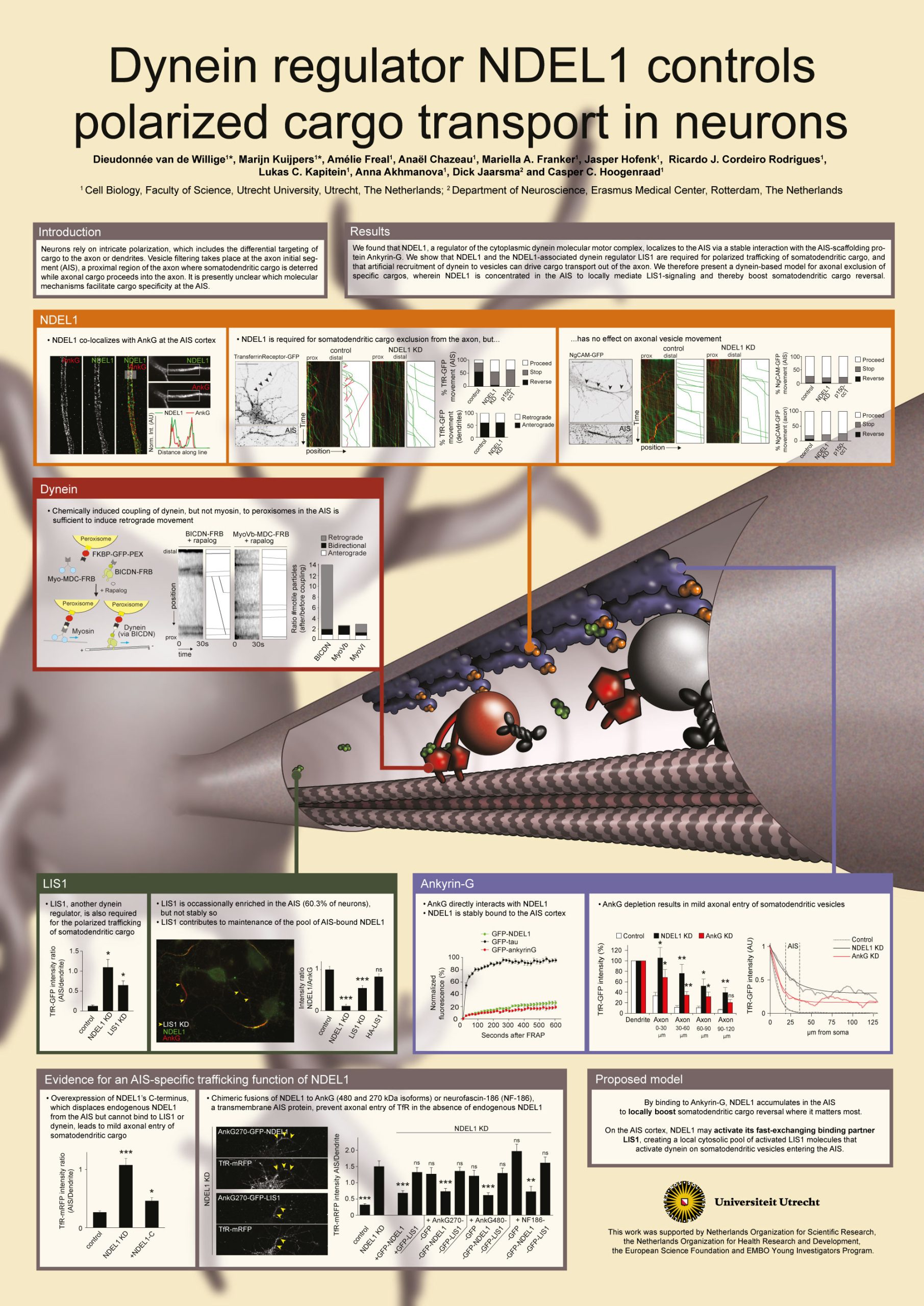Dieudonnee van de Willige
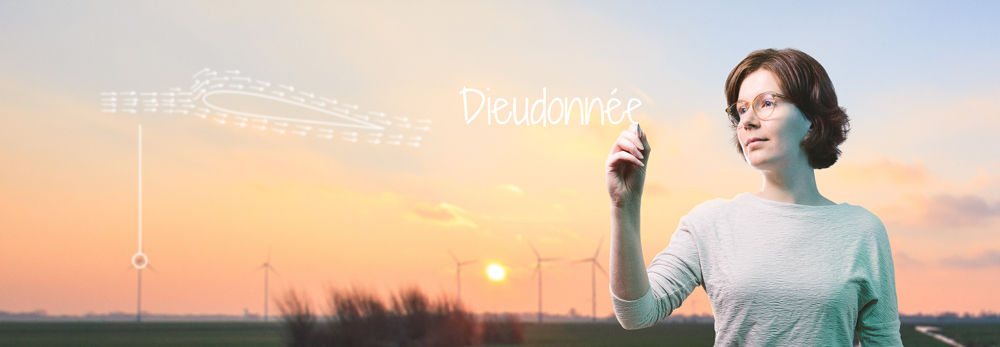
Nice to meet you!
Since obtaining my PhD in molecular neuroscience and simultaneously working as a columnist, I have been combining my skills in the science communication field. My natural drive to improve processes is now turning my focus to management, especially in academic settings.
I am currently one of two deputy directors for Maastricht University’s Faculty of Science and Engineering. I’m also on the board of SciCom NL, a Dutch association for science communication.
Featured articles
Institutional embedding and professionalization of science communication: a pilot programme at Maastricht University's Faculty of Science and Engineering
December 15, 2022
This article outlines the design choices for the Science Communication Incubator: our one-year pilot programme that combines workshops, funding and mentoring for researchers looking to take up a science communication-focused role within their research team. (English translation pending)

Mind the pitfalls when recognizing and rewarding science communication
July 27, 2022
Opinion piece for ScienceGuide, the online magazine for Dutch higher education and research.
It features recommendations on how to include science communication in Recognition and Rewards policies, and is largely based on my earlier pieces on LinkedIn.
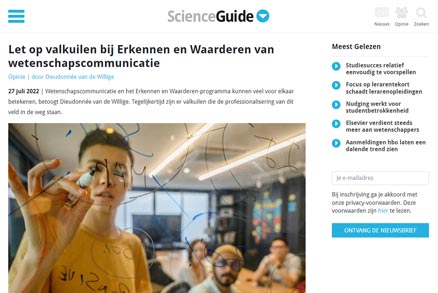
How will Recognition and Rewards change communications departments of knowledge institutions?
May 24, 2022
The academic world is currently discussing a different way of recognizing and rewarding academic researchers. What does it mean for communications departments, if science communication becomes part of this new policy?
The answers are a reality check for the way we approach science communication and the researchers we work with.
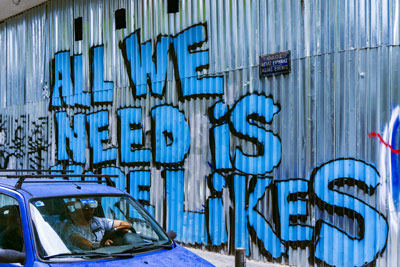
3 conditions for recognizing and rewarding impact
January 31, 2022
Evaluating impact is complicated. If we are to evaluate researchers for their impact, we need to have a serious discussion about fair and robust ways of doing so.
This article is meant as a conversation starter. It presents three conditions to help shape Recognition and Rewards policies around science communication.
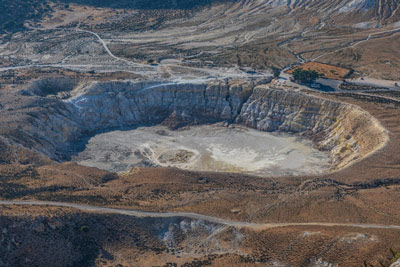
About me
There are three premises that shape the way I work as a science communicator and communications advisor:
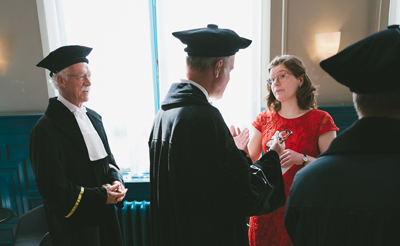
1. I get science
Not just the content, but academia and its politics as well.
After completing my STEM PhD, I retained my close contacts with researchers and intrinsic interest in science policy.
This provides an advantage in academic surroundings. My background removes the barriers researchers experience when interacting with communications professionals.
Whether it’s about quantum computing or #WOinActie, about optogenetics or reviewer #2 – I not only understand what scientists work on, but also where they come from.
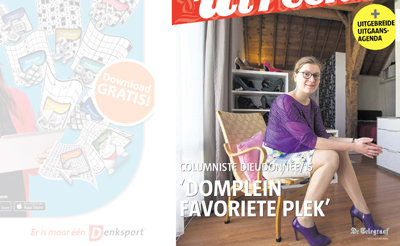
2. I get writing, too
Or so say a bunch of awards juries and newspaper subscribers.
I spent four years working as a Saturday columnist for De Telegraaf, the biggest newspaper in the Netherlands. In a reader survey conducted among 1,000 subscribers, 89% indicated they enjoyed my column.
Prior to being scouted for this position, I won two awards with my columns as a student.

3. I never tried it before - so I think I can do it
Turns out Pippi Longstocking was right. I’m self-taught in everything except science.
Projects I’ve spontaneously taken up include creating the two-day alternate reality game ‘MASA’, building websites such as this one, touring with a science theatre show, and single-handedly taking care of writing, editing, layout and print production for magazines.
As a result, I comfortably know my way around Adobe CS (Photoshop, Illustrator, Premiere Pro, InDesign) and various content management systems (Drupal and WordPress, but also plain html/css). I also dabble in streaming (OBS Studio).

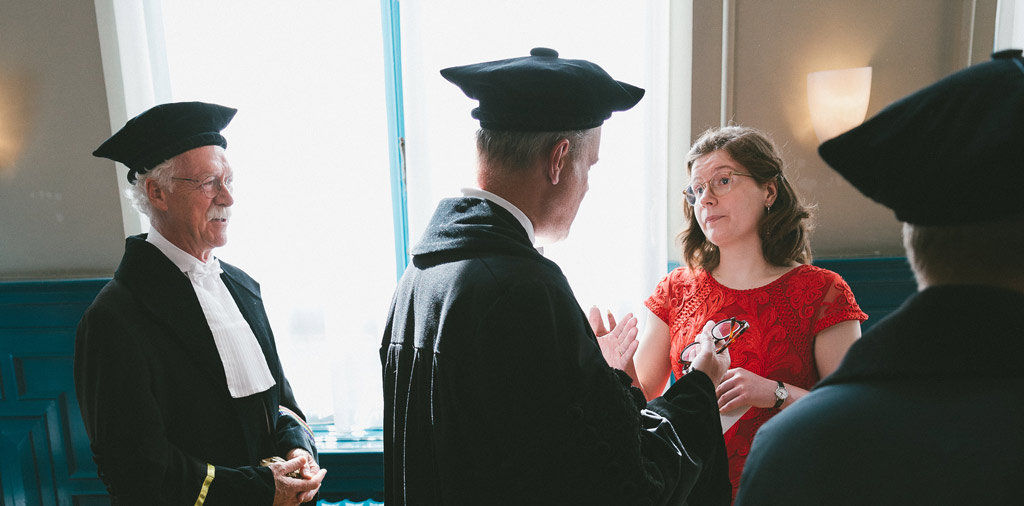
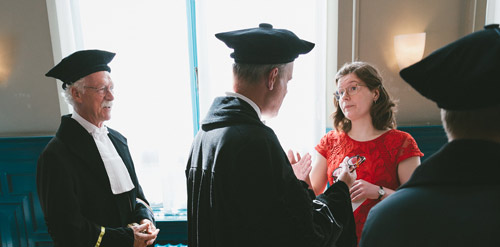
There are three premises that shape the way I work as a science communicator and communications advisor:
1. I get science
Not just the content, but academia and its politics as well.
After completing my STEM PhD, I retained my close contacts with researchers and intrinsic interest in science policy.
This provides an advantage in academic surroundings. My background removes the barriers researchers experience when interacting with communications professionals.
Whether it’s about quantum computing or #WOinActie, about optogenetics or reviewer #2 – I not only understand what scientists work on, but also where they come from.
2. I get writing, too
Or so say a bunch of awards juries and newspaper subscribers.
I spent four years working as a Saturday columnist for De Telegraaf, the biggest newspaper in the Netherlands. In a reader survey conducted among 1,000 subscribers, 89% indicated they enjoyed my column.
Prior to being scouted for this position, I won two awards with my columns as a student.
3. I never tried it before - so I think I can do it
Turns out Pippi Longstocking was right. I’m self-taught in everything except science.
Projects I’ve spontaneously taken up include creating the two-day alternate reality game ‘MASA’, building websites such as this one, touring with a science theatre show, and single-handedly taking care of writing, editing, layout and print production for magazines.
As a result, I comfortably know my way around Adobe CS (Photoshop, Illustrator, Premiere Pro, InDesign) and various content management systems (Drupal and WordPress, but also plain html/css). I also dabble in streaming (OBS Studio).

Highlighted projects
A selection of projects that make me happy.
Training, funding and support for science communication
Alternate reality game 'MASA'
City tour and photo exhibition 'Math/Maastricht'
ScienceBattle
Rendition of Rembrandt's 'The Anatomy Lesson of Dr. Nicolaes Tulp'
Illustrated scientific conference poster
Other contributions
A collection of contributions to wonderful projects led by other people.
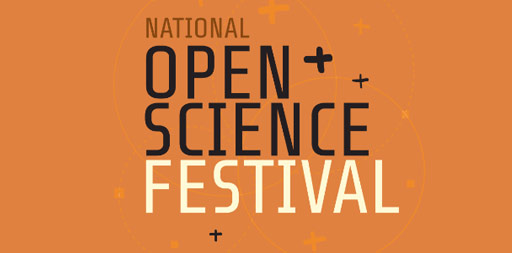
National Open Science Festival
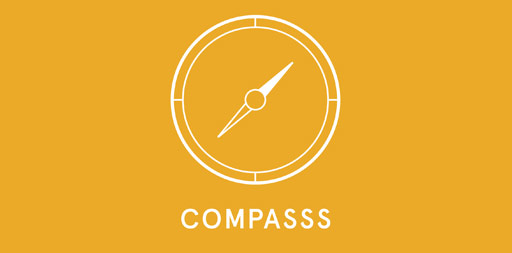
COMPASSS summer school
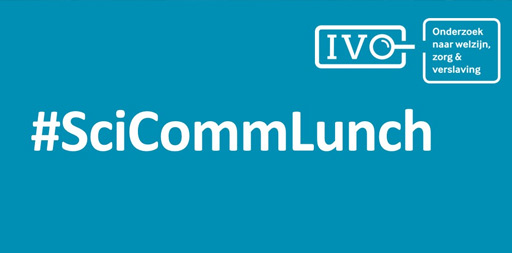
#SciCommLunch
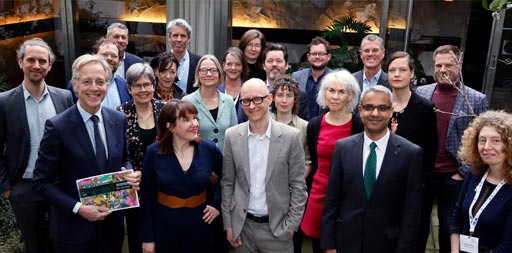
Reviewing NEWS
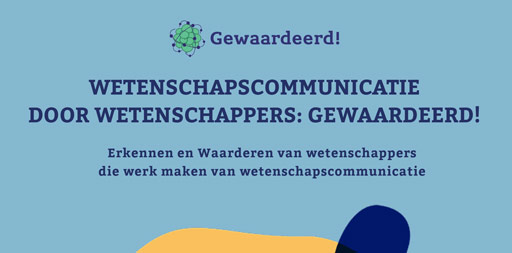
Reviewing Rewarded!
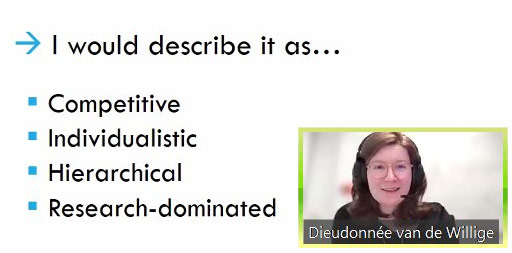
Course ‘Science Communication for Societal Impact’
Contact
Currently open to...
- Connecting
- Virtual coffee/tea
- Collaborations
- Speaker and trainer invitations
- Other opportunities
Social media
Send a message right away
Website by me 😀 See how I treat your privacy



